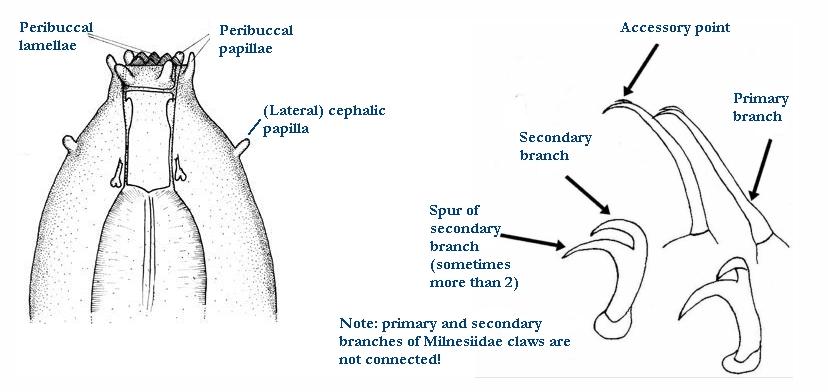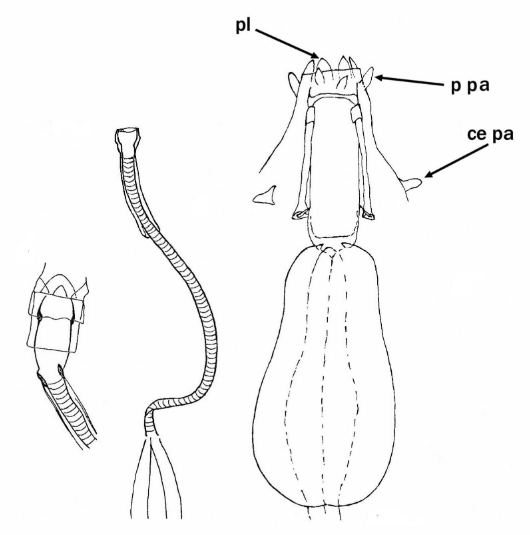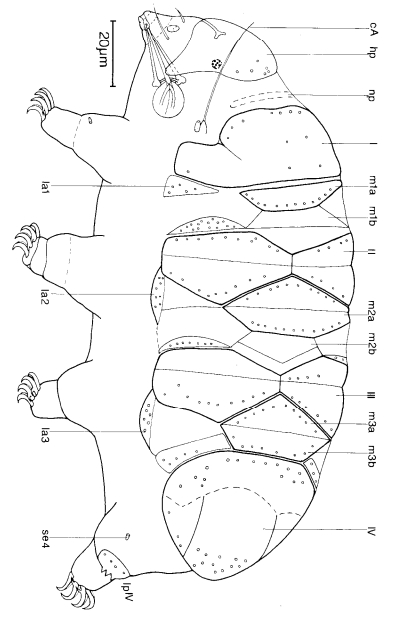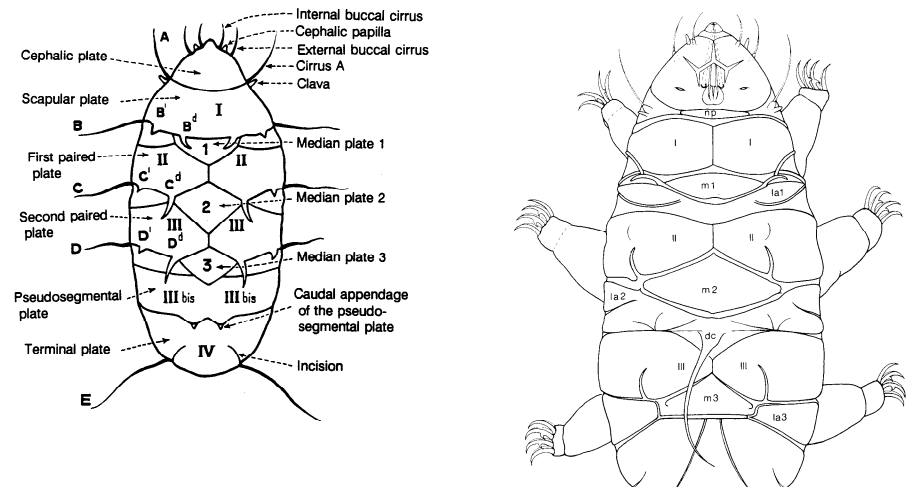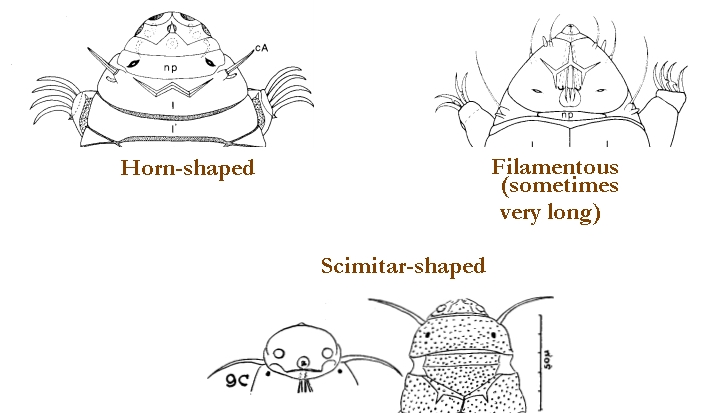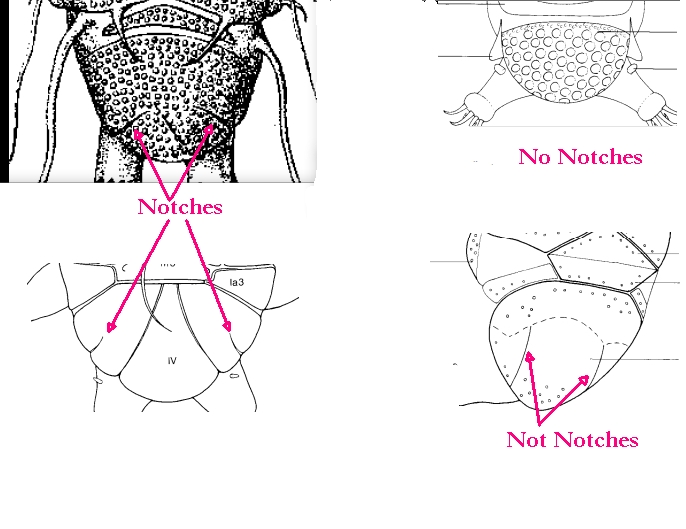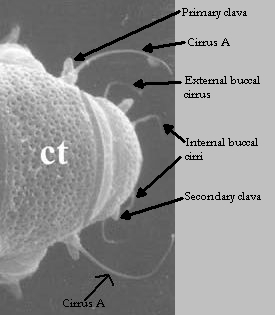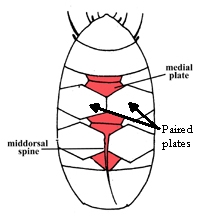Microhypsibiidae from Pilato 1998: “Eutardigrades having claws arranged asymmetrically with respect to the median plane of the legs. Claws of Microhypsibius type: the claws have a narrow basal portion continuous with the primary branch; the secondary branch is rigidly joined to the primary branch. The internal claws cannot rotate on their bases.”
Microhypsibiidae from Bertolani et al. 2014: “Double claws of the Microhypsibius type (small, rigid, with an evident thin basal tract continuous with the primary branch); buccal tube completely rigid; double claws similar in size and shape on the same leg; apophyses for the insertion of the stylet muscles on the buccal tube asymmetrical with respect to the frontal plane. Pharynx with a septulum in some species.”
Citations:
Bertolani R, Guidetti R, Marchioro T, Altiero T, Rebecchi L, Cesari M. 2014. Phyloeny of Eutardigrada: New molecular data and their morphological support lead to the identification of new evolutionary lineages. Molecular Phylogenetics and Evolution. 76: 110-126.
Pilato G. 1998. Microhypsibiidae, new family of eutardigrades, and description of the new genus Fractonotus (Tardigrada). Spixiana. 21 (2): 129-134.





